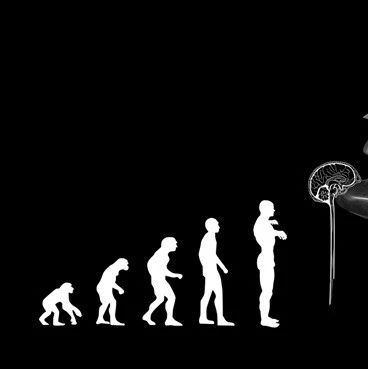导读:据台湾最新研究表明:“与性功能正常的男性相比,63%的被诊断为勃起功能障碍的男性更有可能患偏头痛。”目前还不清楚怎么解释勃起功能障碍(ED)和头痛之间的联系,即便女性的偏头痛与性功能障碍也有关。这项研究发表在Cephalalgia期刊上。

男性偏头痛很可能与勃起功能障碍症有关
据台湾最新研究表明:“与性功能正常的男性相比,63%的被诊断为勃起功能障碍的男性更有可能患偏头痛。”
南伊利诺伊大学医学院托比亚斯•克勒博士专门从事男性性功能和生育能力方面的研究,他对路透社记者说:“这是他第一次听到偏头痛和阳痿之间的联系。”
克勒称:“这是首次认识到这一有趣的联系,但它并不意味着两者之间的因果联系。”目前还不清楚怎么解释勃起功能障碍(ED)和头痛之间的联系,即便女性的偏头痛与性功能障碍有关。这项研究发表在Cephalalgia期刊上。
台湾国立大学医学院黄朝元(音译:Chao-Yuan Huang)和同事称:“之前还没有研究试图探讨偏头痛与勃起功能障碍之间的关联。” 据估计,美国约2千万位男性患有阳痿。
研究小组从台湾国立数据库中收集2.3万位男性的信息,约5700位已被诊断为勃起功能障碍。然后,他们对勃起功能障碍症患者进行统计。
在患有勃起功能障碍的男性中,4.25%的对象之前被诊断为偏头痛,而在勃起功能正常的男性中,2.64%的对象被诊断为偏头痛。
之后,研究人员研究了包括心脏疾病和糖尿病在内的不同群体,他们发现:“勃起功能障碍症患者诊断为偏头痛的概率是其它群体的1.63倍。”
年龄似乎是一个造成差异的因素,在30多岁的男性中,勃起功能障碍症的病人患有偏头痛的概率是勃起功能正常的2倍。
研究人员只能推测偏头痛为什么盛行于男性勃起功能障碍症患者中。
作者认为:“正如一个已被证实的关于慢性疼痛可引起性功能障碍的论点,这项研究提供一个可能解释——慢性疼痛关联于偏头痛。” 美国泌尿协会性医学的代表科勒同意:“疼痛是一个可能的解释,我们明确地认识出疼痛,一般而言,对勃起功能有害。”
作者还提供了一个潜在的成分——大脑中的化学物质多巴胺,因为它被认为同时参与偏头痛和性功能方面。
此外,其它一些因素也可能解释这一发现,例如,治疗偏头痛的病人看到医生后更可能寻求勃起功能障碍的治疗,换句话说,被诊断为偏头痛的男性服用药物后干扰他们的性能力。
杜兰大学医学院的EGE Serefoglu博士称:“因为这是第一次探讨偏头痛和勃起功能障碍之间的关联,所以应该谨慎解释研究结果。”
他补充道:“这项研究开展得很顺利,但研究结果还需要其他研究人员的证实,我们才可以真正地把偏头痛归为勃起功能障碍的风险因素,反之亦然”

 Migraine and erectile dysfunction: evidence from a population-based case-control study
Migraine and erectile dysfunction: evidence from a population-based case-control study
Chao-Yuan Huang, Joseph J Keller, Jau-Jiuan Sheu and Herng-Ching
Background: This case-control study aimed to estimate the association between erectile dysfunction (ED) and migraines using a nationwide population-based database in Taiwan.
Methods: The data used for this matched case-control study were retrieved from the Taiwan Longitudinal Health Insurance Database 2000. We identified 5763 patients with ED as the cases and randomly selected 17,289 patients as the controls. Conditional logistic regression was used to calculate the odds ratios (OR) for prior migraine between cases and controls.
Results: After adjusting for hypertension, diabetes, hyperlipidaemia, renal disease, coronary heart disease, obesity, and alcohol abuse/alcohol dependence syndrome, conditional logistic regression revealed that among ED patients the odds of having been previously diagnosed with migraines was 1.63 (95% CI, 1.39–1.91) that of the control group. This risk was more pronounced in younger groups, with the highest risk being detected among those aged between 30 and 39 years. After adjusting for the above mentioned comorbidities, ED patients aged between 30 and 39 years were found to be at 1.98 (95% CI, 1.67–2.23) times the risk of controls for having been previously diagnosed with migraines.
Conclusion: We conclude that ED is associated with having been previously diagnosed with migraines, particularly in younger populations.
文献链接:https://cep.sagepub.com/content/early/2012/03/06/0333102412439801







